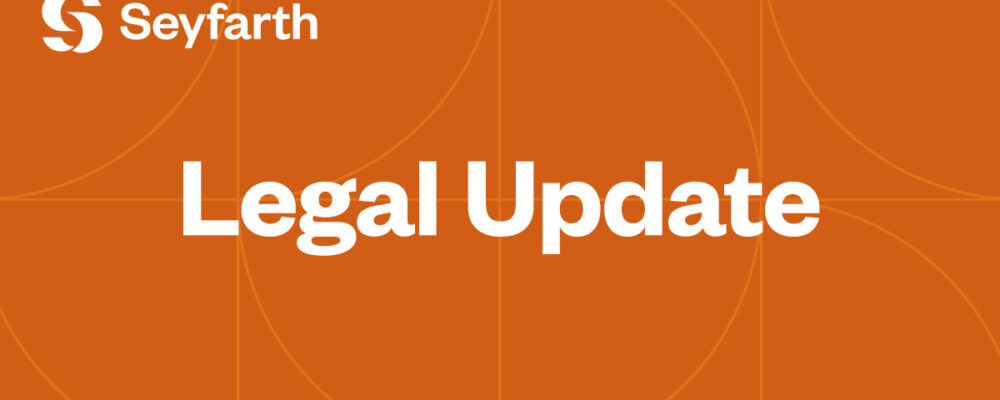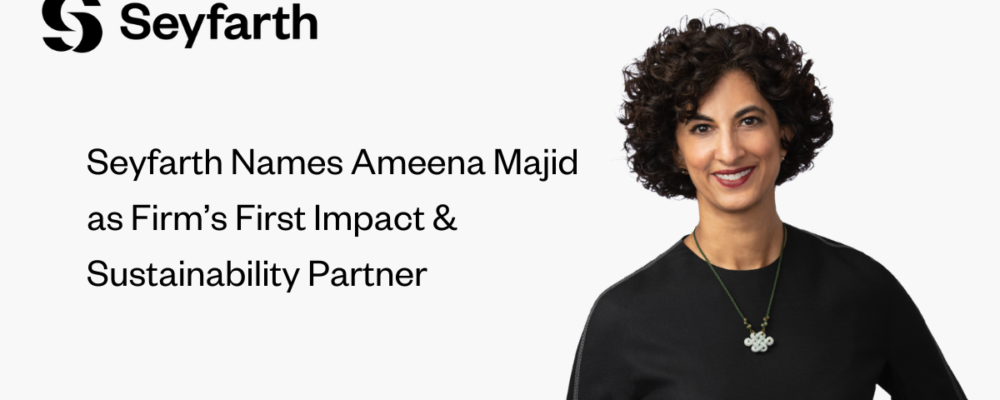By Alex J. Reganata and Barry J. Miller
Seyfarth Synopsis: Plaintiff, a white man, was a strong performer in his role before he was fired and replaced by three women, two of whom were racial minorities, amid a Diversity and Inclusion initiative that included a call to restructure the workforce to reflect a different racial and gender makeup. The Fourth Circuit upheld the jury’s finding that the Plaintiff’s race was a “motivating factor” in his termination, when considered in the context of the diversity initiative and the specific facts surrounding his termination. However, the Fourth Circuit overturned the award of punitive damages because Plaintiff failed to show that the employer acted with knowledge or reckless indifference as to whether it violated the law.
Background
Plaintiff, a white man, was hired by Novant Health in 2013 as its communications and marketing head. He held that role throughout his employment until 2018, when he was terminated. At trial, he was able to show that he had “performed exceptionally,” having received strong annual evaluations, and through his team earning marketing and public relations awards. There was no record of any criticism of his performance.
In 2015, Novant Health’s President and CEO appointed a Senior Vice President of Diversity and Inclusion to develop a Diversity and Inclusion Strategic Plan (the “D&I Plan”), which included the express goal of adding additional dimensions of diversity to executive and senior leadership teams. The Plan was overseen and implemented by a Diversity and Inclusion Executive Council (the “D&I Council”).
In July 2018, Plaintiff was abruptly terminated without a substantive explanation and immediately replaced by two of his deputies, a white woman and a black woman. At trial, it was shown that all of the finalists being considered for the Plaintiff’s position were black women. Evidence also showed that the Plaintiff’s supervisor had fired other white males and replaced them with black employees.
In October 2018, the D&I Council met again, and the minutes from that meeting included a declaration which rejected the idea that Novant Health was trying to meet a diversity “quota,” which it defined as being set by someone outside the organization, and instead stated its goal was to meet diversity “targets,” which it defined as being set by the organization. The evidence at trial also reflected that Novant Health adopted a financial incentive plan that tied executives’ bonuses to achieving specific diversity goals by 2021.
Subsequently, Plaintiff filed suit against Novant Health, claiming he was fired because he was white and male.
Race Was A Motivating Factor
Under Title VII, an employer cannot take adverse action against an employee on the basis of the employee’s protected characteristics, including race and gender. The Plaintiff advanced a mixed-motive theory of liability, which meant he only had to provide direct or circumstantial evidence that his race (white) or gender (male) was a motivating factor in Novant Health’s termination, rather than the but-for cause of his termination. The trial court found the Plaintiff succeeded, and the Fourth Circuit agreed.
The Fourth Circuit cited the evidence of the context surrounding the Plaintiff’s termination. Novant Health was in the middle of a “widescale D&I initiative which sought to embed diversity and inclusion throughout the company.” The evidence showed that Novant Health sought to accomplish this, in part, by benchmarking its D&I levels and working to achieve its “targets,” efforts the employer supported through the use of incentives such as executive bonus tied to these diversity targets.
The Fourth Circuit also examined the Plaintiff’s specific situation. He was an indisputably strong performer with no documented performance criticism, was abruptly fired, and then immediately replaced by two black women. The Fourth Circuit also noted the Plaintiff’s supervisor’s testimony at trial, calling his justifications for the Plaintiff’s termination “uncorroborated and conflicting,” and finding that a jury could reasonably conclude they were “post hoc rationalizations invented for the purposes of litigation.”
No “Perceived Risk,” No Punitive Damages
In addition to finding that the employer had engaged in prohibited discrimination, the jury awarded the Plaintiff $10,000,000 in punitive damages, on top of the lost wage damages Plaintiff incurred as a result of the termination. The trial court reduced the punitive damages award to $300,000, to align with statutory caps on such damages under Title VII. The Fourth Circuit, however, found that no punitive damages could be awarded based on the factual record in the case.
Plaintiffs who succeed on claims of intentional discrimination under Title VII may be awarded punitive damages where they show their employers unlawfully discriminated against them “in the face of a perceived risk” that taking the complained of adverse action was unlawful. Plaintiff’s argument was that his supervisor, a highly educated person with a long career in corporate America, should have known that terminating him based on his race and gender created a risk of violating federal discrimination laws. But the Fourth Circuit found that proving such a “perceived risk” was a high bar, and that courts had awarded punitive damages only where affirmative evidence of the employer’s actual knowledge of federal anti-discrimination laws was demonstrated. Because Plaintiff made no effort to demonstrate that his supervisor had actual knowledge of the federal discrimination laws, the jury’s award of punitive damages was set aside.
This case shows the real risks that employers face from so-called “reverse” discrimination claims that may be spurred by ambitious diversity programs. At the same time, the Fourth Circuit’s analysis also shows that there remain effective guardrails against outsized jury verdicts in discrimination cases, at least where the employer does not operate with actual knowledge that its conduct may be illegal.
“With approximately 900 lawyers across 17 offices, Seyfarth Shaw LLP provides advisory, litigation, and transactional legal services to clients worldwide.”
Please visit the firm link to site





